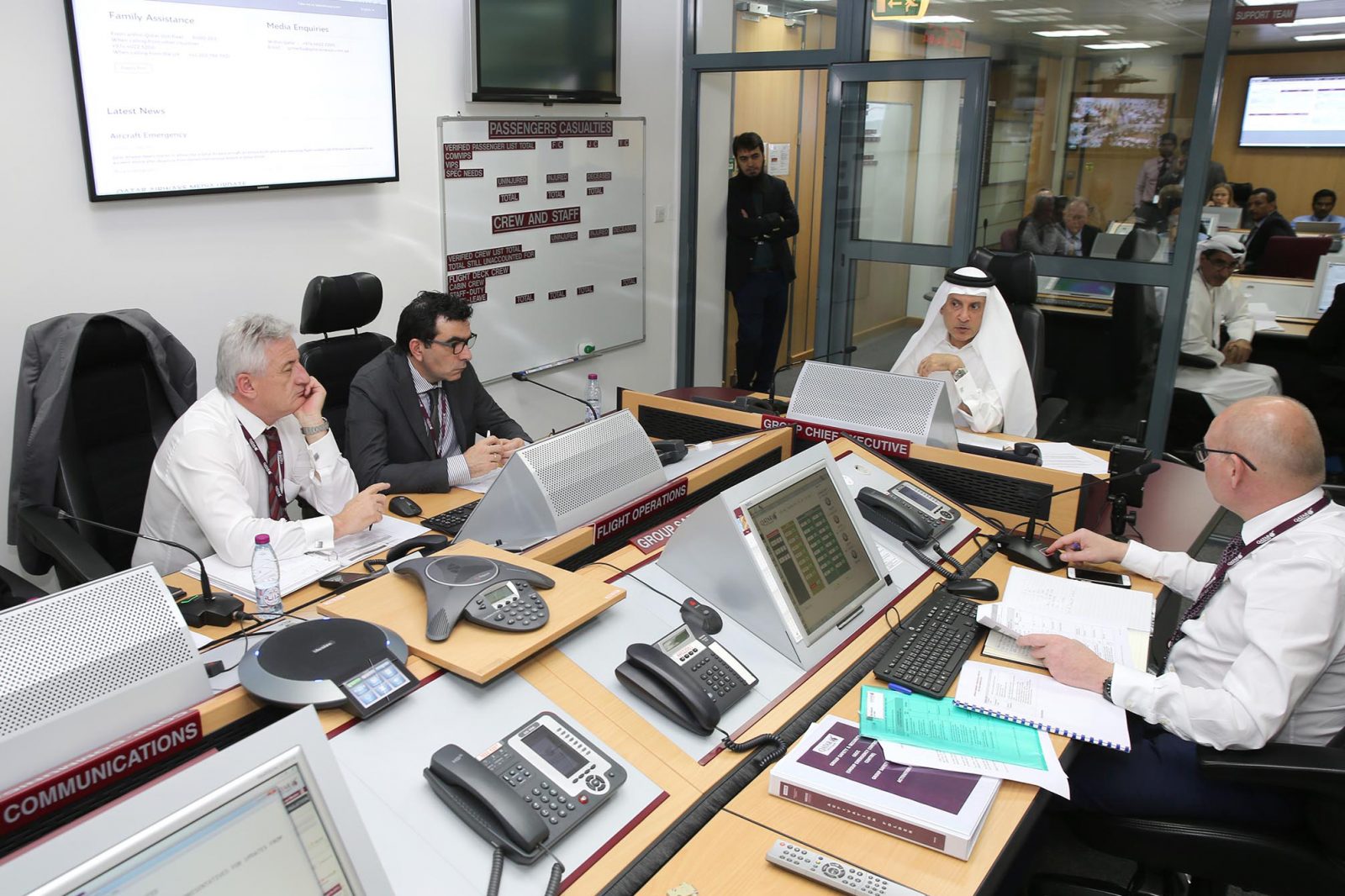
Qatar Airways is internationally famed for its exceptional onboard service, award-winning Cabin Crew and luxurious aircraft. But can a 20-year-old, government-owned airline be as safe as the legacy airlines of Europe and North America? Or even Qantas for the matter, which was recently crowned as the safest airline in the world.
Qatar Airways didn’t even make the Top 20 in the same survey published by airlineratings.com. The carrier was let down for only meeting four out of eight stringent safety parameters set by The International Civil Aviation Organization (ICAO).
Nonetheless, Qatar’s safety record is impressive. With a total of 197 aircraft, the airline has one of the youngest fleets in the industry, with an average age of just five years – and a further 369 are on order (including options and a letter of intent for 60 Boeing 737MAX aircraft).
No Fatal Incidents in its 20 Year History
Since launching in 1997, the airline has never witnessed an incident that resulted in a passenger fatality or serious injury. In fact, the only accident in the company’s history was a hangar fire that wrote off an aircraft in 2007.
Not so bad for an airline that now flies to over 150 global destinations and carried in excess of 30 million passengers in 2015/2016. From its hub at Hamad International Airport in Doha, the Qatar Airways Group has poached some of the best talent in the aviation industry. Back in 2003, the carrier passed the International Air Transport Association (IATA) Operational Safety Audit – the first airline to achieve 100%. It has never failed since.
But confidence in the aviation group has been hit hard recently. The U.S. government named Hamad International Airport as one of ten Middle East airports to be affected by the Electronics Ban. Doha has already responded by taking the unusual step of releasing results from its February ICAO audit – HIA scored 99.1% for protecting aviation against unlawful interference such as terrorism and smuggling.
A Mock Crash – ‘Delta Oryx’
Now Qatar Airways is taking things to the next level by testing its response to a plane crash. The mock crash codenamed ‘Delta Oryx’ concluded May 13th with 28 government agencies involved in the simulated response.
The scenario revolved around an aircraft crashing into the sea close to HIA. To make the exercise as realistic as possible a mock plane was even used with 39 dummies and 170 volunteer ‘passengers’.
With aircraft emergency evacuation chutes deployed, the Qatar Coastguard, Internal Security Forces, Qatar Navy and the Qatar Emiri Air Force were all involved in the emergency rescue effort. Three helicopters coordinated the effort as 40 ambulances stood by to treat the ‘injured’.
Every Aspect of Emergency Response Tested
But the exercise wasn’t just about the initial rescue. The complex simulation tested every aspect of the emergency response and Doha’s Local Emergency Response Plan. Hospitals were put on alert, airport staff reacted to the unfolding situation and 60 volunteer family members examined how well the airport could cope.
Akbar Al Baker, Qatar Airways Group CEO, expressed his satisfaction with how the exercise went: “We are very proud of the success of ‘Delta Oryx 2017’. This year’s emergency simulation aimed to challenge our employees, who responded with the upmost professionalism and sense of duty,”
Baker continued: “On behalf of Qatar Airways, I would like to thank all the government agencies, stakeholders, partners, specialised forces, volunteers and lastly our employees for coordinating and delivering this year’s complex, yet tremendously successful, simulated emergency exercise.”
‘Deployed Response Group’ for International Incidents
‘Delta Oryx’ was just one of Qatar Airways efforts to meet ICAO’s safety standards. The airline explained it has a comprehensive Emergency Response Plan with real-life incidents led from a state-of-the-art Emergency Control Centre. The airline also touts an automated Crisis Management and Casualty Tracking System, Special Assistance Centre and Emergency Website.
The airline even has what is calls the ‘Deployed Response Group’ – a team of Special Assistance Team Members with access to a dedicated relief aircraft. The group could be quickly deployed to an international Qatar Airways incident to support local staff and authorities.
Related
Mateusz Maszczynski honed his skills as an international flight attendant at the most prominent airline in the Middle East and has been flying ever since... most recently for a well known European airline. Matt is passionate about the aviation industry and has become an expert in passenger experience and human-centric stories. Always keeping an ear close to the ground, Matt's industry insights, analysis and news coverage is frequently relied upon by some of the biggest names in journalism.







